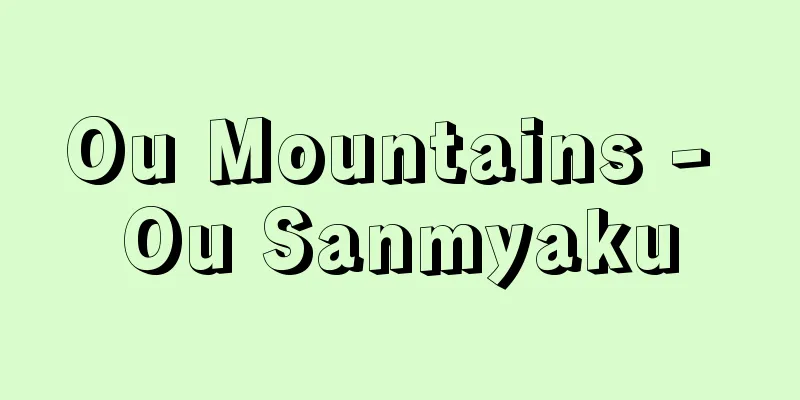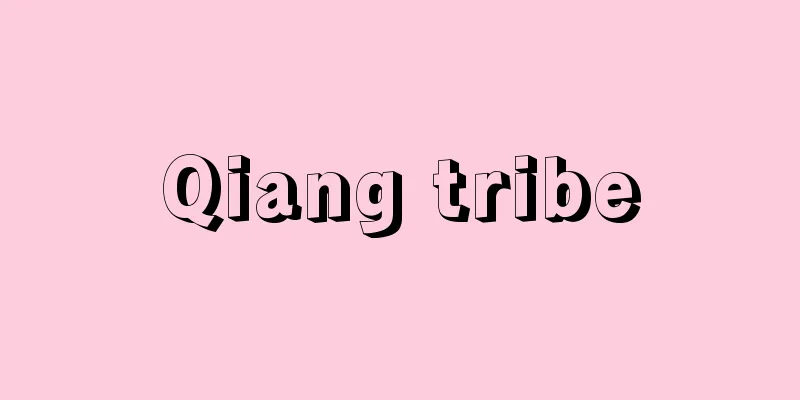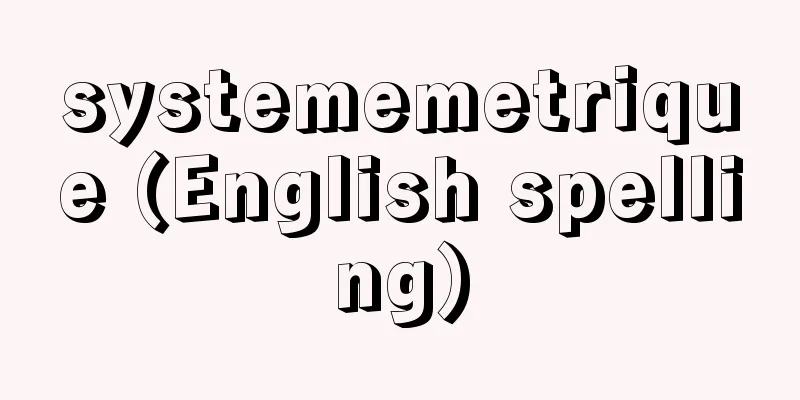Władysław Broniewski

|
1897‐1962 Poland's greatest revolutionary poet. He emerged in the mid-1920s as a left-wing poet with humanistic poems on social and political themes. During World War II, he returned to the Romantic tradition of "the poet as a pilgrim and soldier" and preached merciless fighting against the enemy. After the war, he published labor poems based on socialist realism, but gradually returned to poems with strong romantic characteristics, singing of the Polish soil and the death of his wife and daughter. His poems were popular, as were his clear, powerful, rhythmic works. Source: Heibonsha World Encyclopedia, 2nd Edition Information |
|
1897‐1962 ポーランド最大の革命詩人。1920年代半ばにヒューマニスティックな社会的・政治的主題の詩で左翼詩人として文壇に登場した。第2次世界大戦中は〈詩人すなわち巡礼者,兵士〉というロマン主義の伝統に立ち返って敵との容赦ない戦いを説いた。戦後,社会主義リアリズムによる労働の詩を発表したが,しだいに再びロマン主義的特徴の濃い詩に戻り,ポーランドの大地や妻と娘の死をうたった。平明で力強いリズムに満ちた詩は好んで読まれた。 出典 株式会社平凡社世界大百科事典 第2版について 情報 |
<<: Boulogne-sur-Mer (English spelling)
>>: Protic Solvent - Protic Berry
Recommend
punt
…A penalty kick is awarded to the opposing team. ...
Portolano
…Nautical charts developed in Europe in the 13th ...
Trogonidae
…Any of the birds belonging to the order Trogonid...
Konkni (English spelling)
…After the establishment of the state of Maharash...
scaramuccia
…Originally, it was one of the “masks” of the Com...
Venus genetrix (English spelling)
…About 60 nude female figures have been found in ...
Commercial activities
… Economically and socially, business refers to t...
Namsa-dang (English spelling)
Korean traveling entertainers. From the mid-Joseon...
Labé, Louise
[Born] Around 1524 [Died] 1566 A French female poe...
Barium carbonate
Barium carbonate. It occurs naturally as witherit...
Health center - Kondeidokoro
〘Noun〙① Since the Heian period, these were the pla...
Teratogens - Teratogens
Substances that act on living organisms to cause m...
Ashina clan
A feudal lord in the Aizu region of Mutsu Provinc...
Encouragement of Agriculture - Kannou Wakumon
This is a two-volume book on agricultural reforms ...
Pen Club - Pen Club
The PEN Club was founded in London in 1921 by Bri...









